1. Longitudinal stripes
Longitudinal streaks refer to the formation of circumferential rib-like stripes on the surface of the membrane roll. A large amount of air entrapment and poor thickness tolerance during the slitting/rewinding process are the main causes of longitudinal fringes, which are difficult to eliminate once they appear to a more severe degree. One of the reasons for this is that the slitting speed is too fast. Generally speaking, quality problems such as longitudinal streaks and staggered lamination are most likely to occur at high speeds.
2. Staggered
It refers to the phenomenon that part of the film is wrong on the end surface of the film roll, which is caused by the film sliding or changing the width of the film during the winding process. First of all, the slitting speed is also related to the slitting speed, the acceleration and deceleration are too rapid, and the film with good smoothness is prone to slip and cause staggering, so the speed change should be slowed down. If the film roll is too tight, the film will also slip laterally, and the film roll will be too loose and the air will be involved, which will cause the end face of the film roll to be staggered, and the tension of the roll should be adjusted.
3. Bottom wrinkles
Underwrinkles occur only in the first length of the film and are characterized by many and deep wrinkles and streaks, which are caused by a variety of factors. For example, in terms of process parameters, the setting methods, methods and values of process parameters are different for different types of slitting machines.
For example, the old slitting machine controls the winding tension by manually adjusting the winding motor voltage and uses the mechanical friction resistance to obtain the unwinding tension, while the new slitting machine uses a computer to control the winding and unwinding motor according to the input process parameters to obtain the most suitable winding and unwinding tension, and the parameter settings between the two are fundamentally different.
The performance of the equipment itself and the intrinsic properties of the film have a great impact on the quality of film slitting and winding, but the appropriate process can improve the quality problems such as longitudinal streaks and bottom wrinkles. Different equipment and different types of films should adopt appropriate slitting process, and when the equipment condition changes, it can also be compensated by process adjustment, but the process adjustment must be cautious.
In addition, the most important raw and auxiliary materials in the slitting process are paper cores and large shaft film rolls, the quality of which not only affects the slitting speed, but also closely related to longitudinal stripes, bottom wrinkles and other problems, and it is necessary to use process control, incoming inspection and final inspection to strengthen the monitoring and stabilize the quality of large shaft film rolls and raw and auxiliary materials.
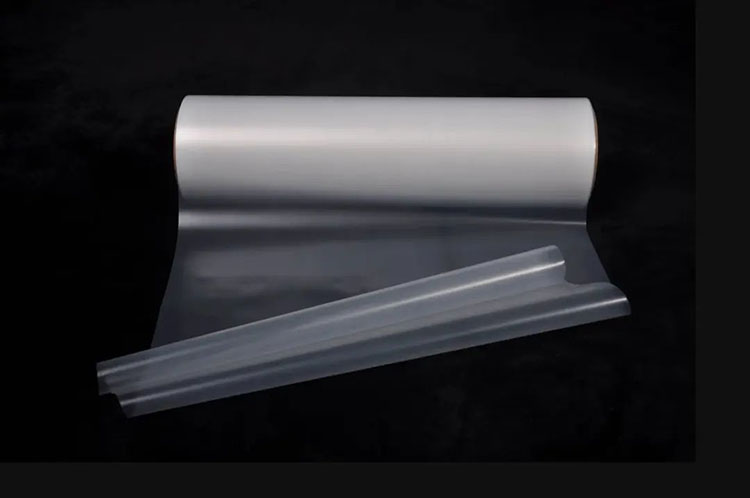
4. Warping
Warping occurs at the edge of the film winding, which is the edge of the thicker film that is curled by the superposition of the winding. The usual reason is that the cutter is too blunt, and the stretching phenomenon occurs at the incision during slitting, which causes the edge of the film roll to turn outward after rewinding, resulting in warping, and the cutter should be replaced in time to avoid the occurrence of warping problems. The tool is not installed correctly, the coiling speed is too fast, and the winding is too tight.
5. Tendons
Cracks are obvious protrusions that form on the surface of the film roll due to the accumulation of the thickness tolerance of the PET film. This is mainly caused by the quality of the film itself, which refers to the quality of the large shaft film roll that has been formed or the finished product that has been slit, such as: the thickness tolerance of the film, the winding state of the film, etc., all have an important impact on the apparent quality of the film roll after slitting, and the inferior film cannot get satisfactory apparent quality even after slitting/rewinding.
Slitting is only to improve the local problem and can not change the whole problem, to get a good product appearance and winding quality, on the one hand, in the slitting to make appropriate adjustments, on the other hand, must require the previous film forming process to improve the quality.
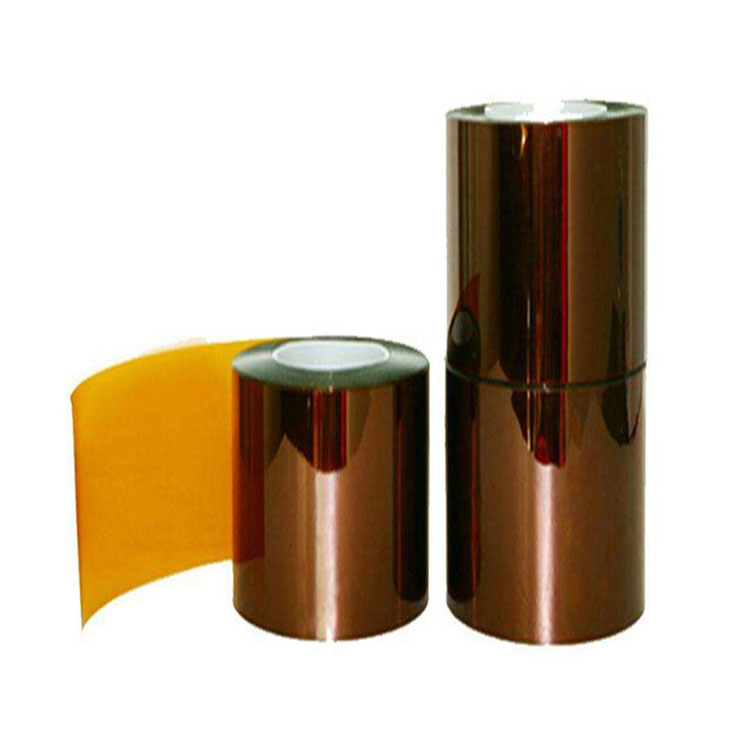
6. The length is insufficient and the width deviation is too large
This is due to an error in the winding count or an insufficient length of the film being slit, as well as incorrect positioning of the machine. In order to meet the user's needs to obtain a certain length of film reel, in general, the operator can obtain the winding length from the data displayed on the winder.
However, in the production often encounter the situation of breaking the film and scratching off part of the film on the surface of the large shaft film roll, if the calculation and matching are carried out according to the marked length, until the end of the slitting, it is found that the length is not enough and can not be spliced, then the vehicle products can not become [sensitive words], especially the slitting machine with a width of more than 1 meter, and the economic loss is greater.
In order to avoid the occurrence of this situation, the length of the large shaft film roll should be based on the model, specification and process of the same has a certain correspondence with the diameter of the film roll, as long as the diameter data measured after the machine is compared with the winding length, you can roughly know whether the roll length of the film roll meets the requirements, if the difference between the two is large, pay attention to the splicing length when cutting, to avoid the occurrence of insufficient length.
7. There are foreign objects such as dust and even small flying insects in the membrane roll
During the slitting process, the film needs to be reopened and then rewound, which creates conditions for the entry of foreign objects from the outside. And because many film products themselves need to be in direct contact with the product, so the hygiene requirements are very strict, and the purified production workshop is very important to ensure that the product is clean.
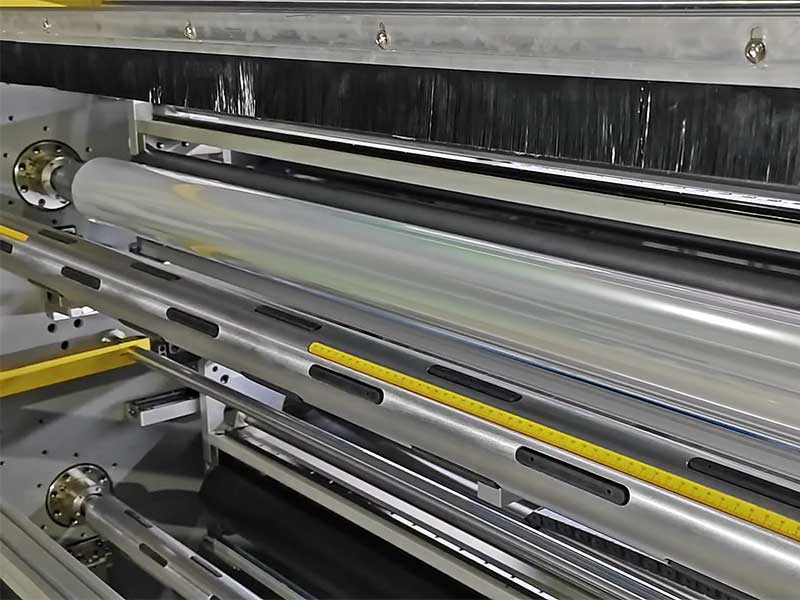
These film materials need to be precisely cut into different widths during the production process to meet the needs of various models and components.
10. December, 2025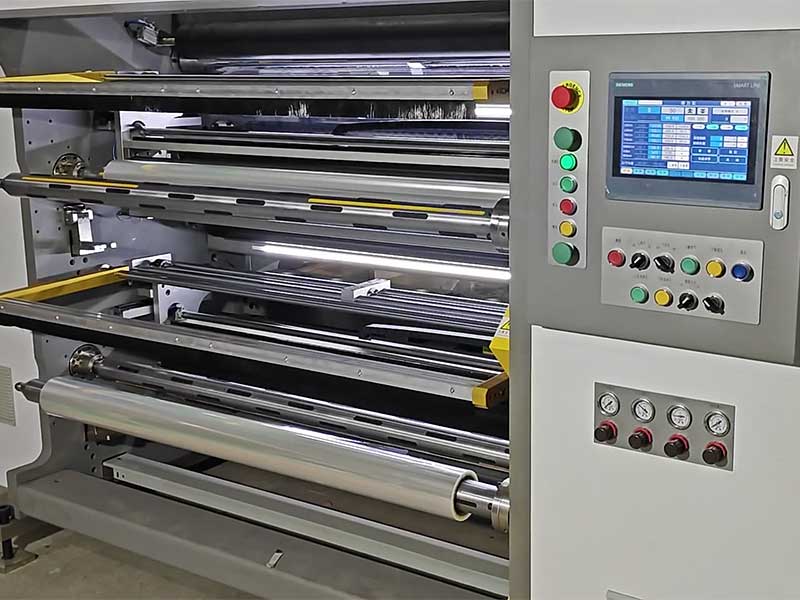
The automotive film slitting machine, an increasingly intelligent "cutting knife", is accurately cutting out redundant costs, inefficient processes and backward production methods.
10. December, 2025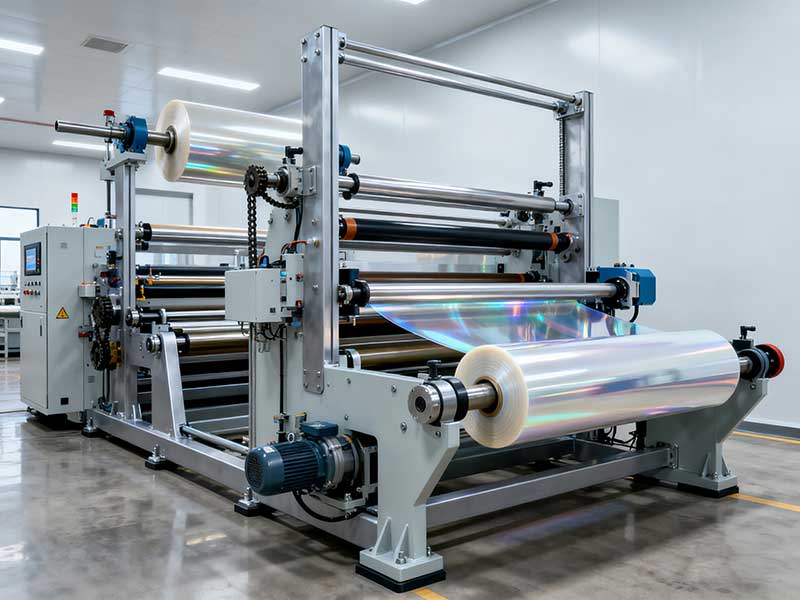
Tailored slitting solutions are not just a technology, but a deep understanding and respect for material properties.
06. December, 2025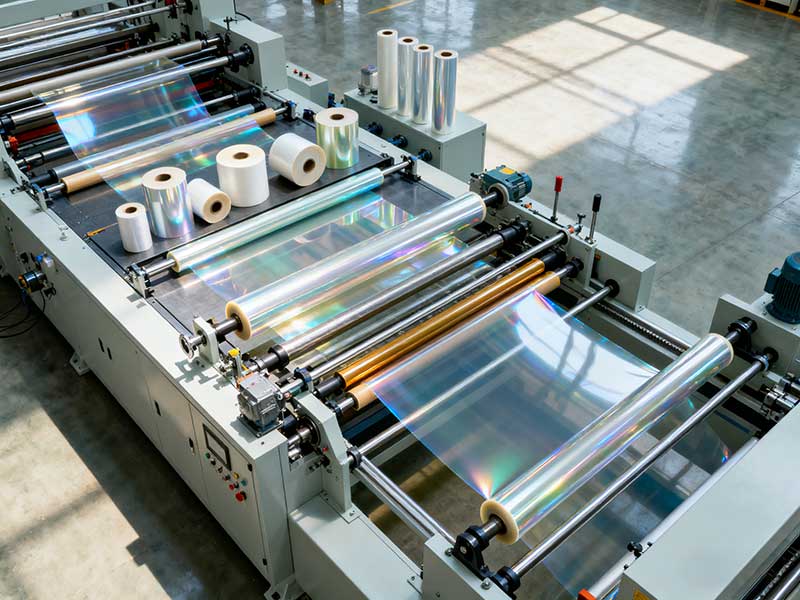
With the diversification of market demand for film materials, customized slitting solutions are becoming an important trend in the development of the industry.
06. December, 2025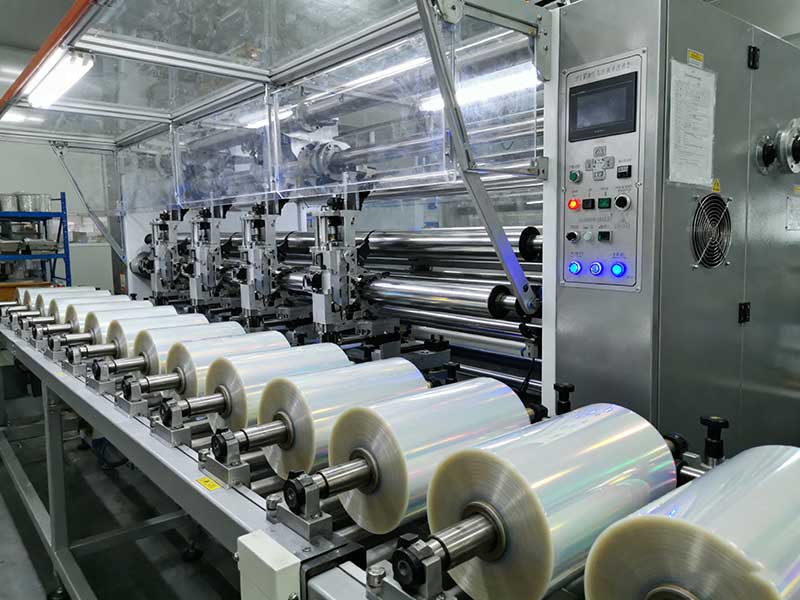
The technological innovation behind the high-performance film slitting machine is an epic that perfectly combines micro precision with macro benefits.
06. December, 2025